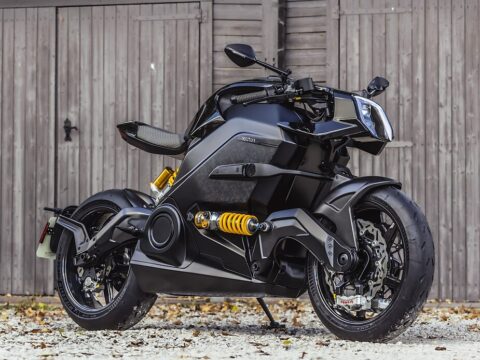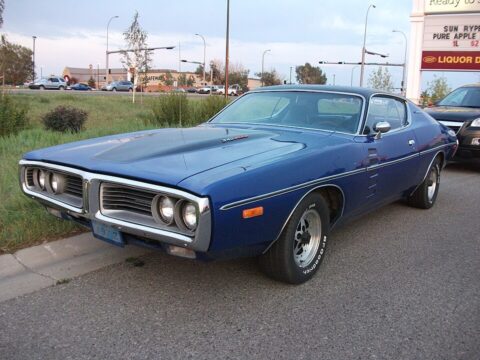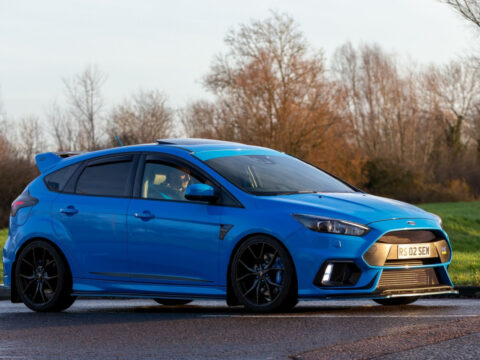Muscle cars from the 1960s and ’70s are celebrated for their roaring engines and raw power, symbolizing a golden era in American cars. However, these iconic vehicles were also notorious gas guzzlers, prioritizing speed and power over fuel efficiency. This article explores the trade-offs of these powerful cars, focusing on their impact on fuel consumption and the ongoing love affair with horsepower.
Contents
1971 Plymouth GTX 440
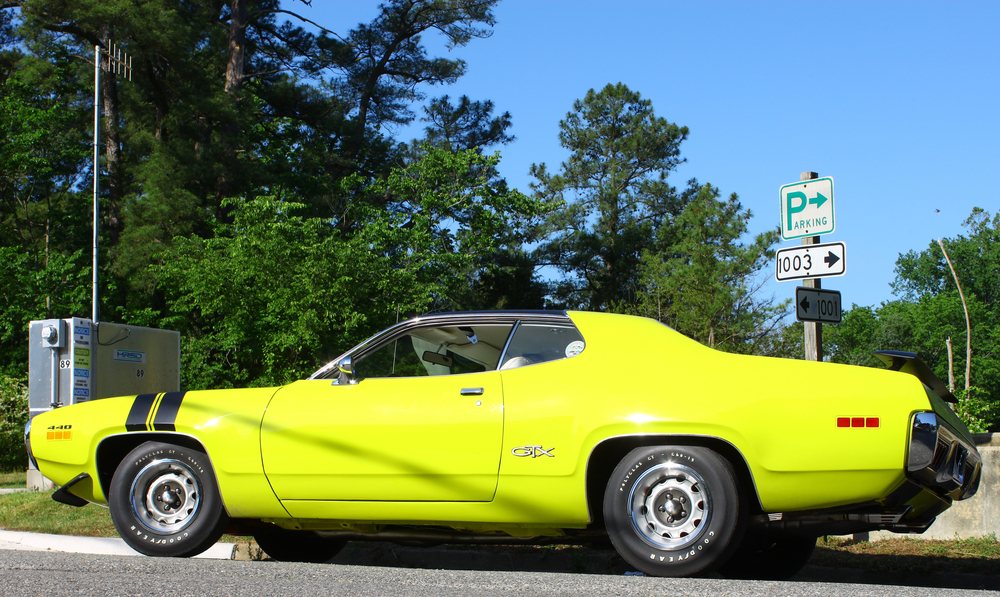
Equipped with a 7.2-liter V8, this muscle car churned out 375 hp. But its high displacement meant it returned a mere 9 mpg.
1969 Pontiac Firebird Trans Am
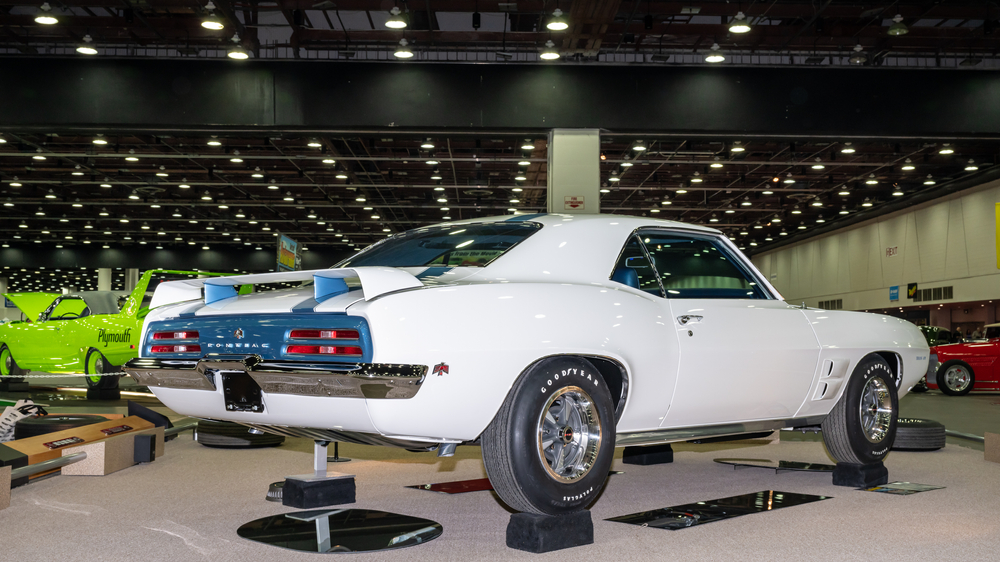
The first generation Trans Am came with a 400 cubic inch V8. While it delivered a powerful punch with 335 hp, it was inefficient, recording just about 10 mpg.
1970 Oldsmobile 442 W-30
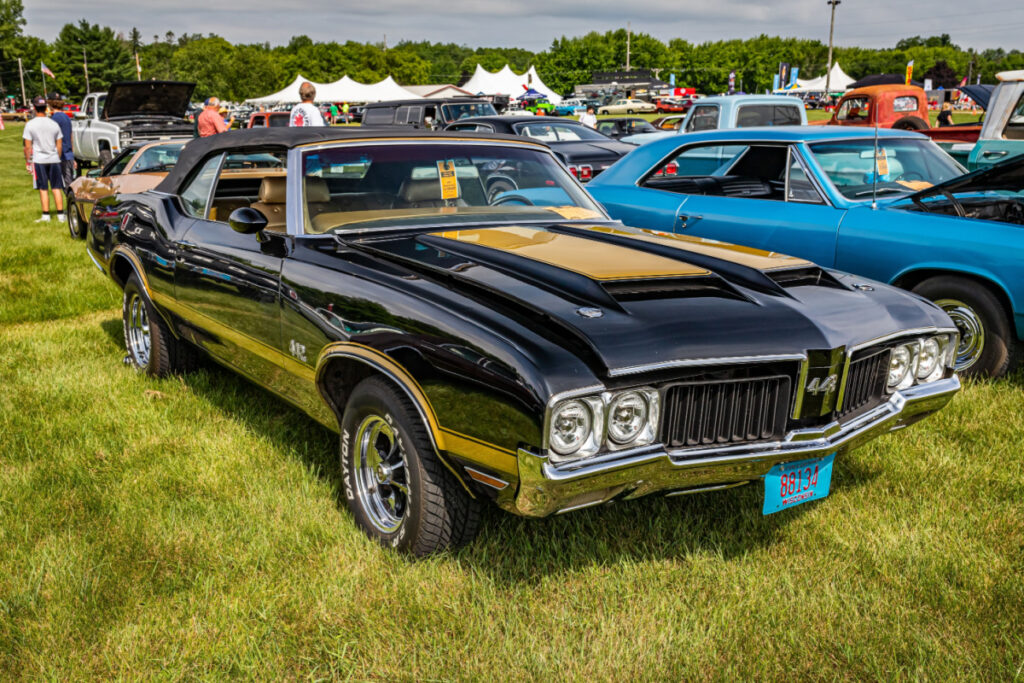
Sporting a 455 cubic inch V8, this muscle car was rated at 370 hp. Like its contemporaries, the 442 W-30 averaged a disappointing 10 mpg.
1969 AMC AMX
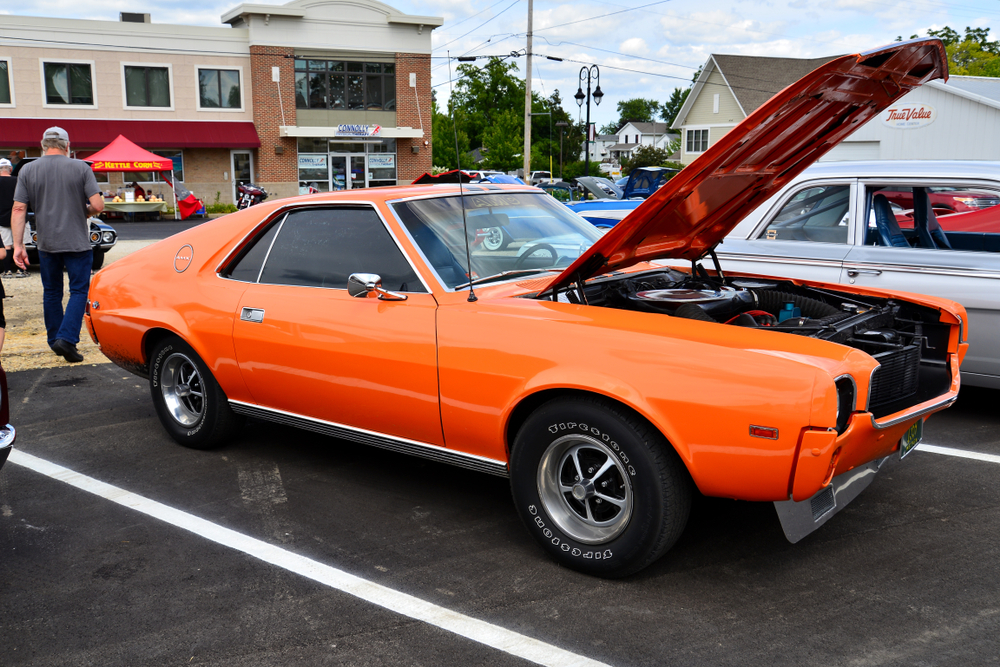
This compact muscle car was equipped with a 390 cubic inch V8 engine and produced 315 hp. Despite its smaller size, its efficiency hovered around 10-12 mpg due to its power-packed engine.
1968 Plymouth Barracuda 426 Hemi
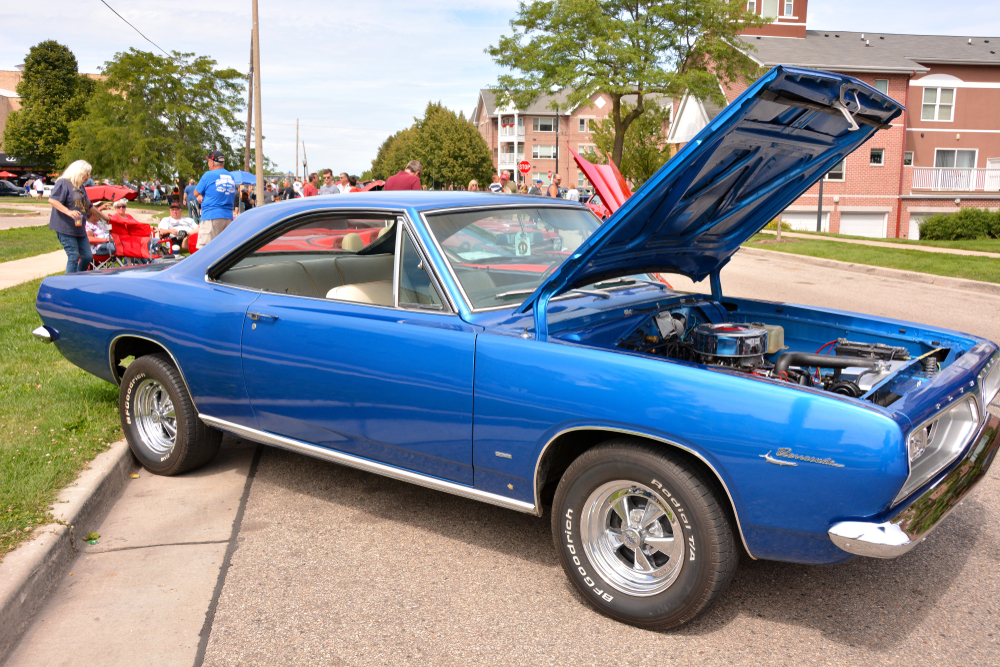
This muscle car, with its 7.0-liter V8 engine, was designed for the drag strip. However, with power figures hovering around 425 hp, the Barracuda’s fuel efficiency suffered, averaging about 8 mpg. (Note that a standard 1968 Plymouth Barracuda is pictured above).
1969 Ford Mustang Boss 429
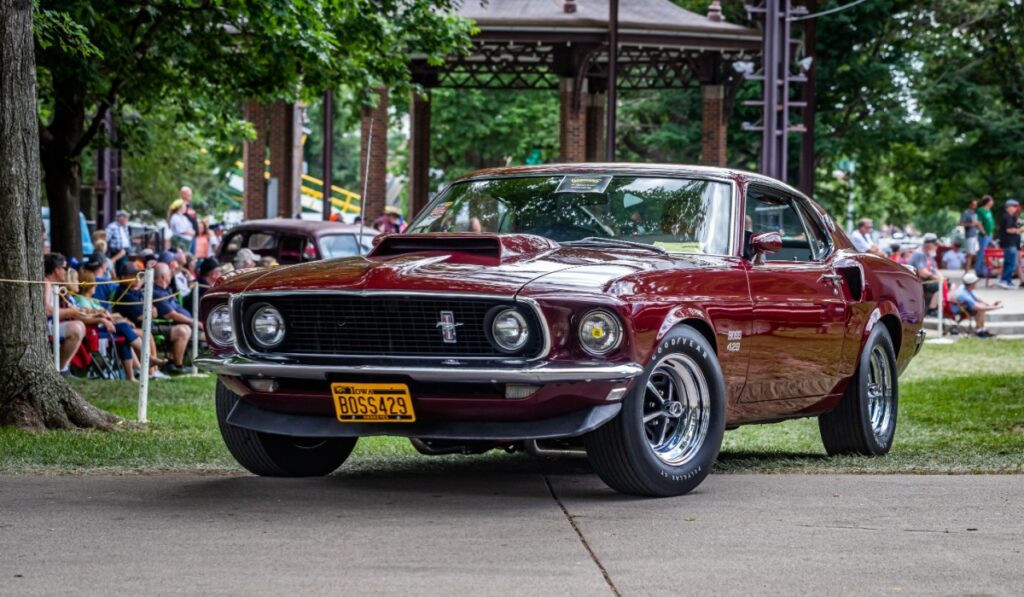
With a 7.0-liter V8 engine built for NASCAR, this Mustang variant was a force to be reckoned with. Yet, its impressive power came at the expense of fuel efficiency, averaging just about 8-10 mpg.
1970 Pontiac GTO Judge Ram Air IV
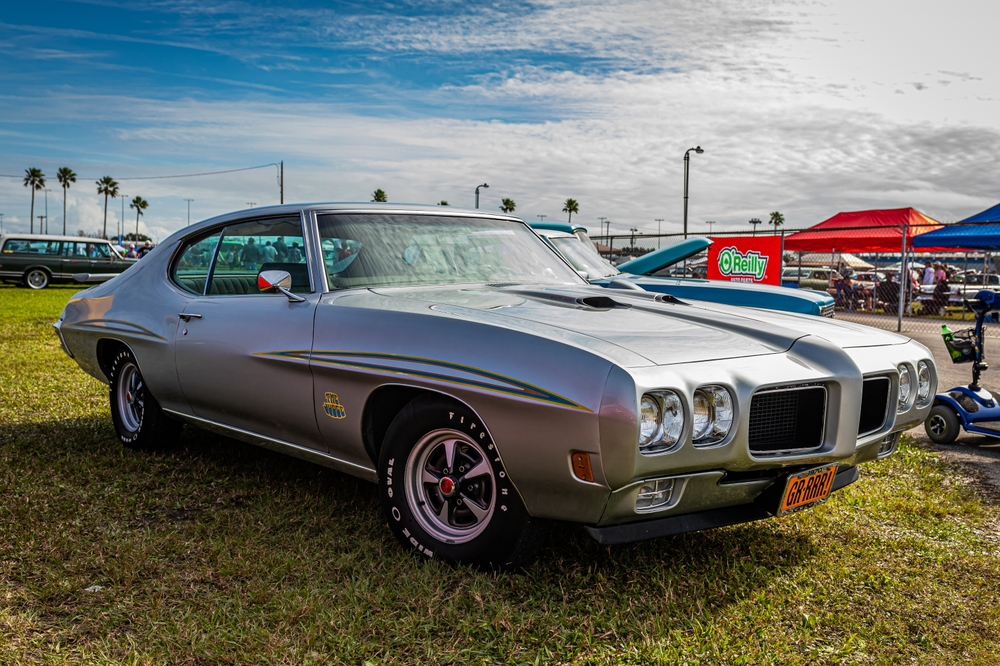
This GTO variant came with a 400 cubic inch V8 that was rated at 370 hp. Despite its power, the GTO Judge struggled with fuel efficiency, clocking in at around 9-11 mpg. The high compression ratio and performance tuning prioritized speed over fuel economy.
1967 Shelby GT500
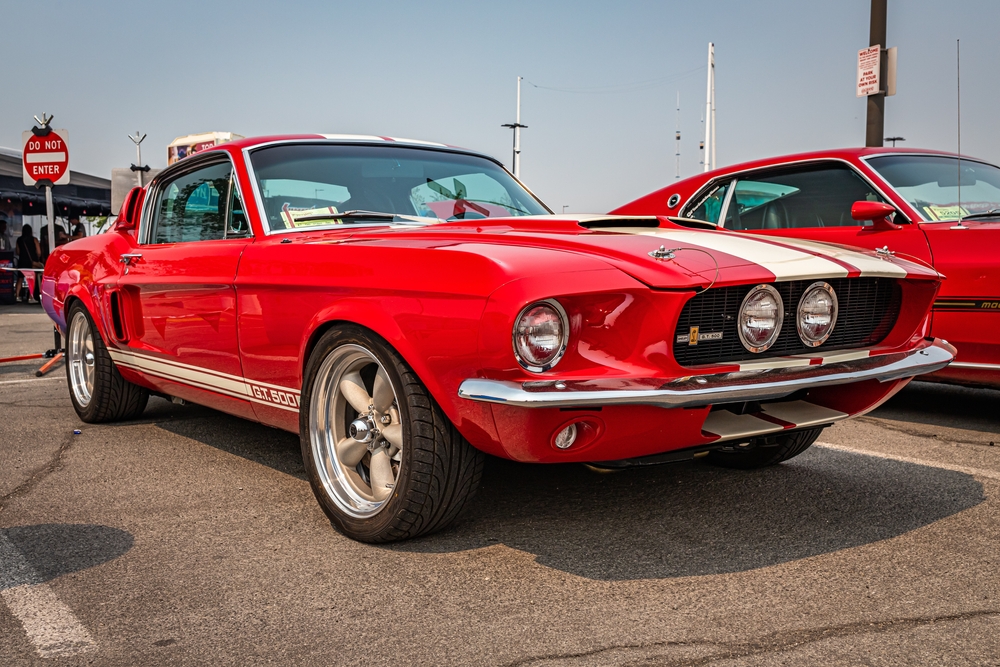
With its 7.0-liter V8 engine producing 355 hp, the GT500 was powerful but inefficient, delivering a meager 8-10 mpg. The high displacement and carburation design were primary culprits.
1970 Plymouth Road Runner Superbird
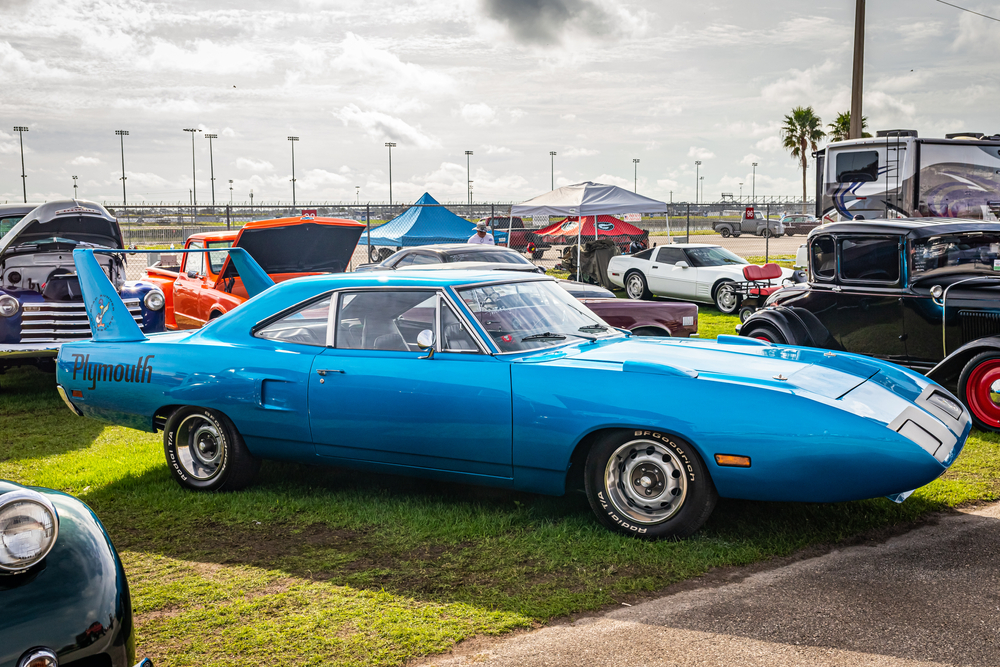
Designed for NASCAR and powered by the massive 426 Hemi or the 440 Six Pack, this car was aerodynamically sound but still managed only about 8-10 mpg. The large engine and focus on speed didn’t help its fuel consumption.
1970 Chevrolet Chevelle SS 454
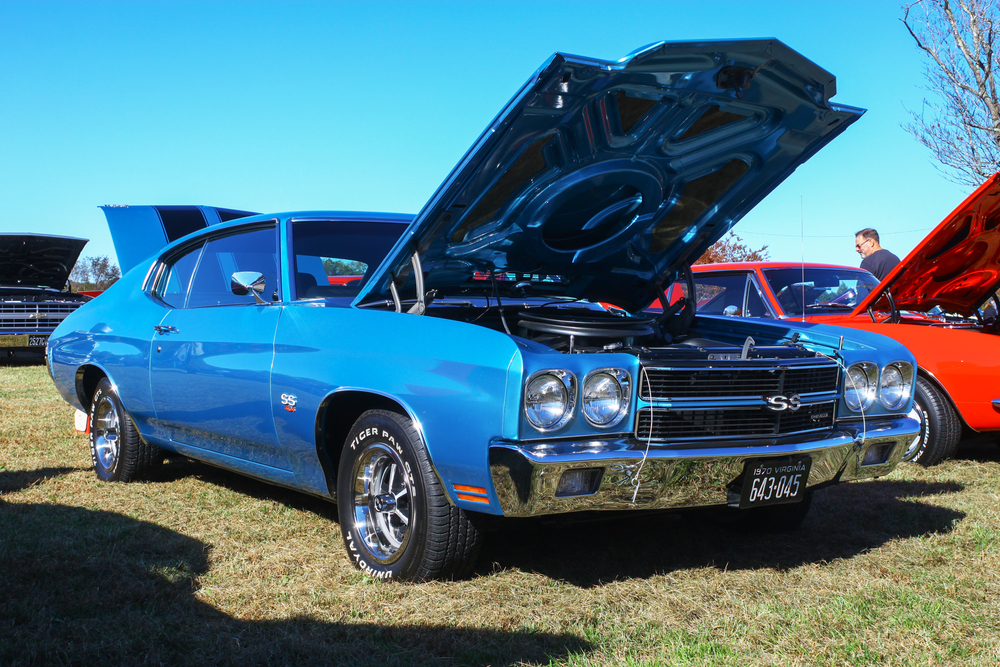
The SS 454, equipped with a 7.4-liter V8, churned out an impressive 450 hp. However, it had a fuel consumption rate of approximately 9 mpg, thanks to the large engine and performance tuning.
1968 Dodge Charger R/T 426 Hemi
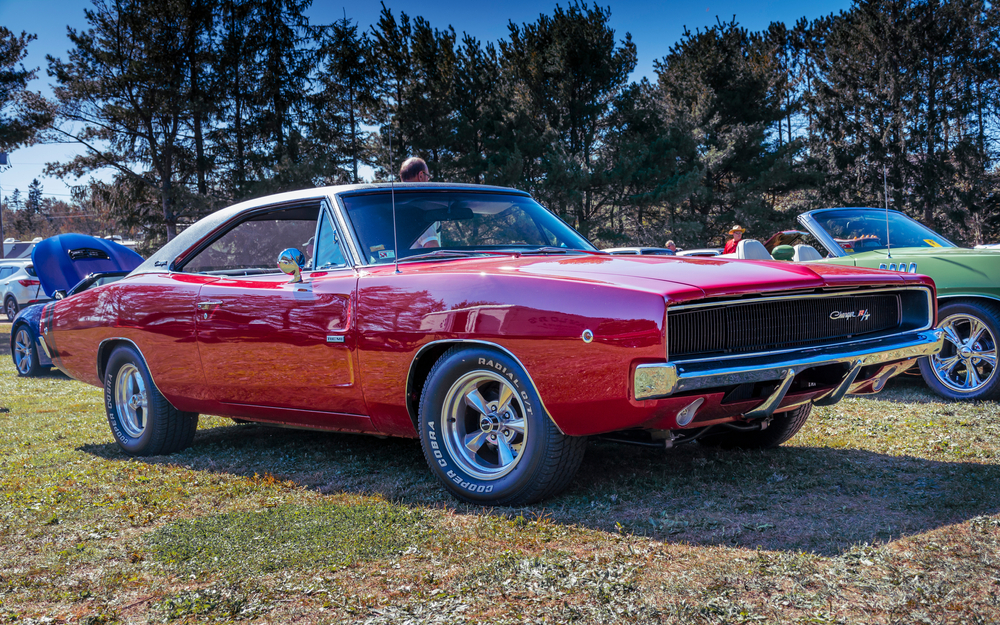
This iconic muscle car came with a 7.0-liter 426 Hemi V8. It produced 425 hp but had a woeful fuel efficiency, averaging around 8-10 mpg. The sheer size of the engine and the high-performance demands meant efficiency was never the priority. (Note that the standard 1968 Dodge Charger R/T is pictured above).
1972 Buick GSX
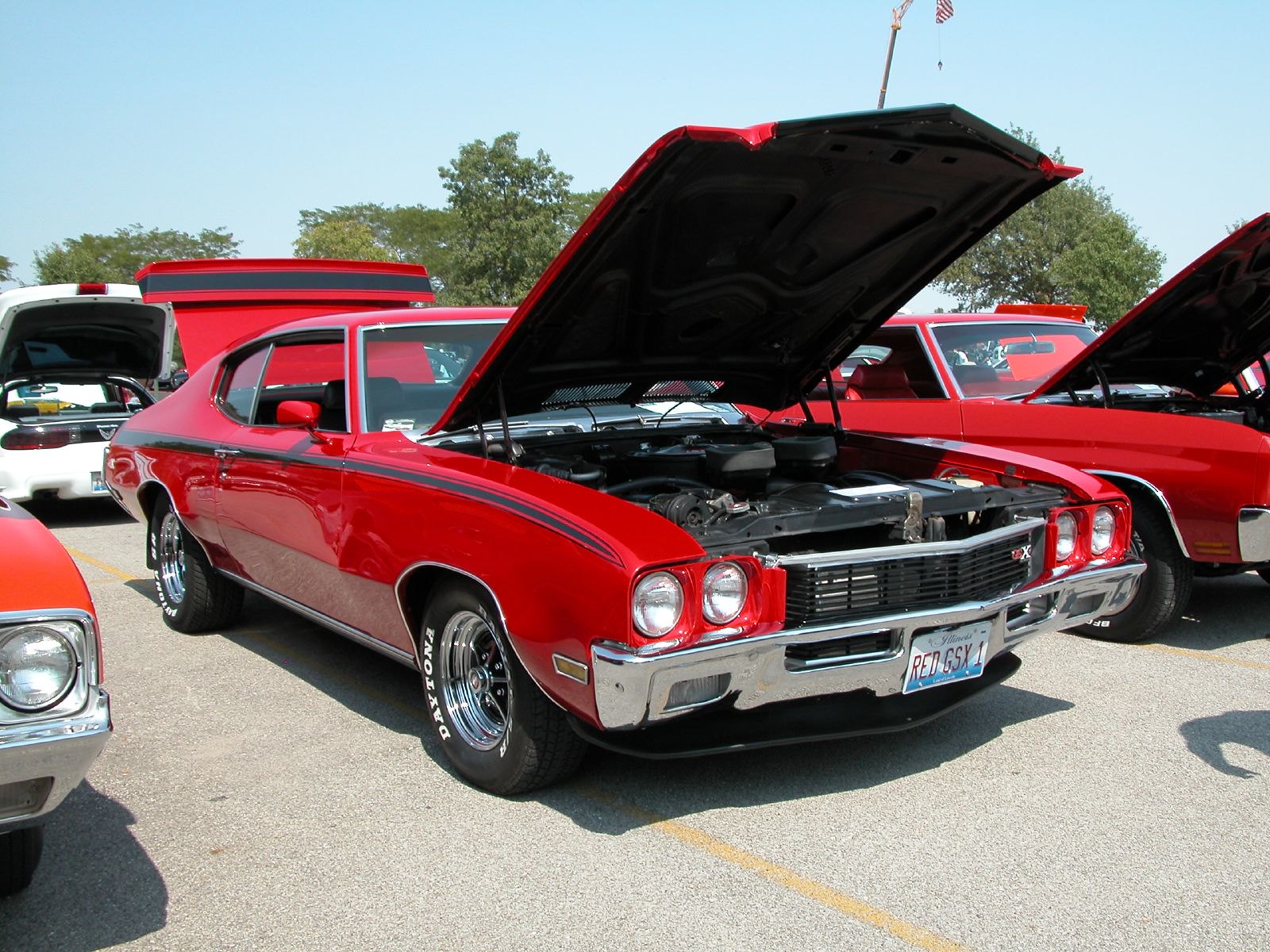
The Buick GSX was a high-performance version of the Skylark, boasting a 455 cubic inch V8 engine that produced up to 270 hp and 390 lb-ft of torque. Its aggressive styling, including a large rear spoiler and hood scoops, complemented its formidable performance. Despite its power, the GSX struggled with fuel efficiency, averaging around 10 mpg, reflecting the era’s preference for horsepower over economy.
1969 Chevrolet Camaro Z28

This version of the Camaro was designed specifically to excel on the Trans-Am racing circuit. It featured a small-block 302 cubic inch V8 engine that officially produced 290 hp but was widely known to exceed these figures in practice. The Z28 was praised for its handling and speed, but it typically delivered poor fuel economy, hovering around 8-10 mpg, due to its high-revving engine.
1971 Dodge Challenger R/T

The 1971 Challenger R/T came with multiple V8 options, with the top-of-the-line 426 Hemi V8 producing 425 hp. Known for its sleek design and powerful engine options, it became an instant classic. However, its performance came at the cost of fuel efficiency, typically managing only about 8 mpg under real-world conditions.
1974 Ford Torino Cobra

The Torino Cobra represented Ford’s attempt to blend luxury with muscle, equipped with a potent 429 Cobra Jet V8 that delivered around 370 hp. Despite its robust performance, the Cobra suffered from low gas mileage, offering about 9 mpg, which was common among muscle cars of that time due to their powerful engines and heavy builds.
1967 Pontiac GTO
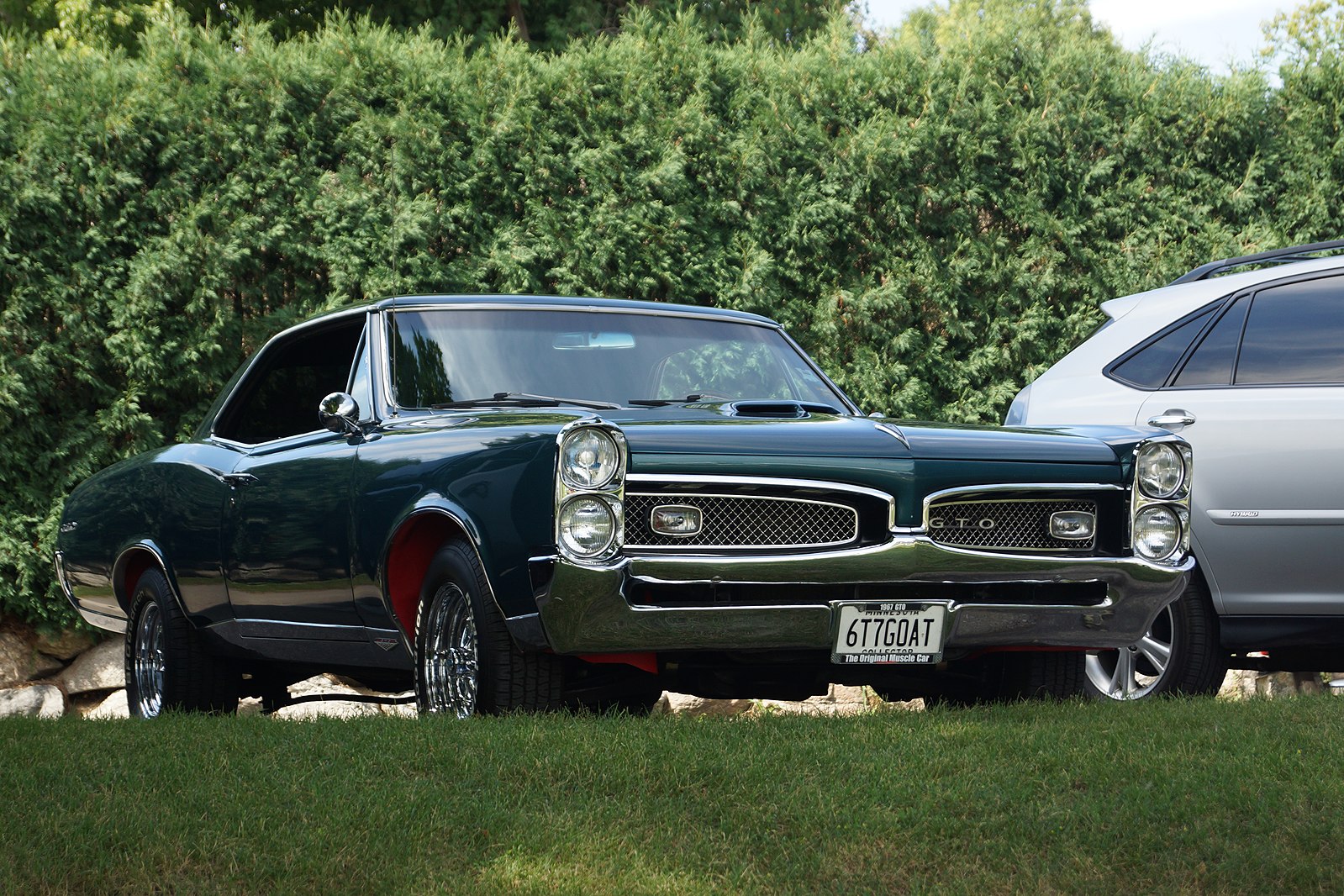
Often credited with starting the muscle car craze, the 1967 GTO featured a 400 cubic inch V8 that produced 360 hp. Its stylish design and powerful engine made it highly desirable, though it was also a heavy consumer of fuel, with efficiency ratings of about 10 mpg, sacrificing economy for speed and power.
1970 Mercury Cyclone Spoiler
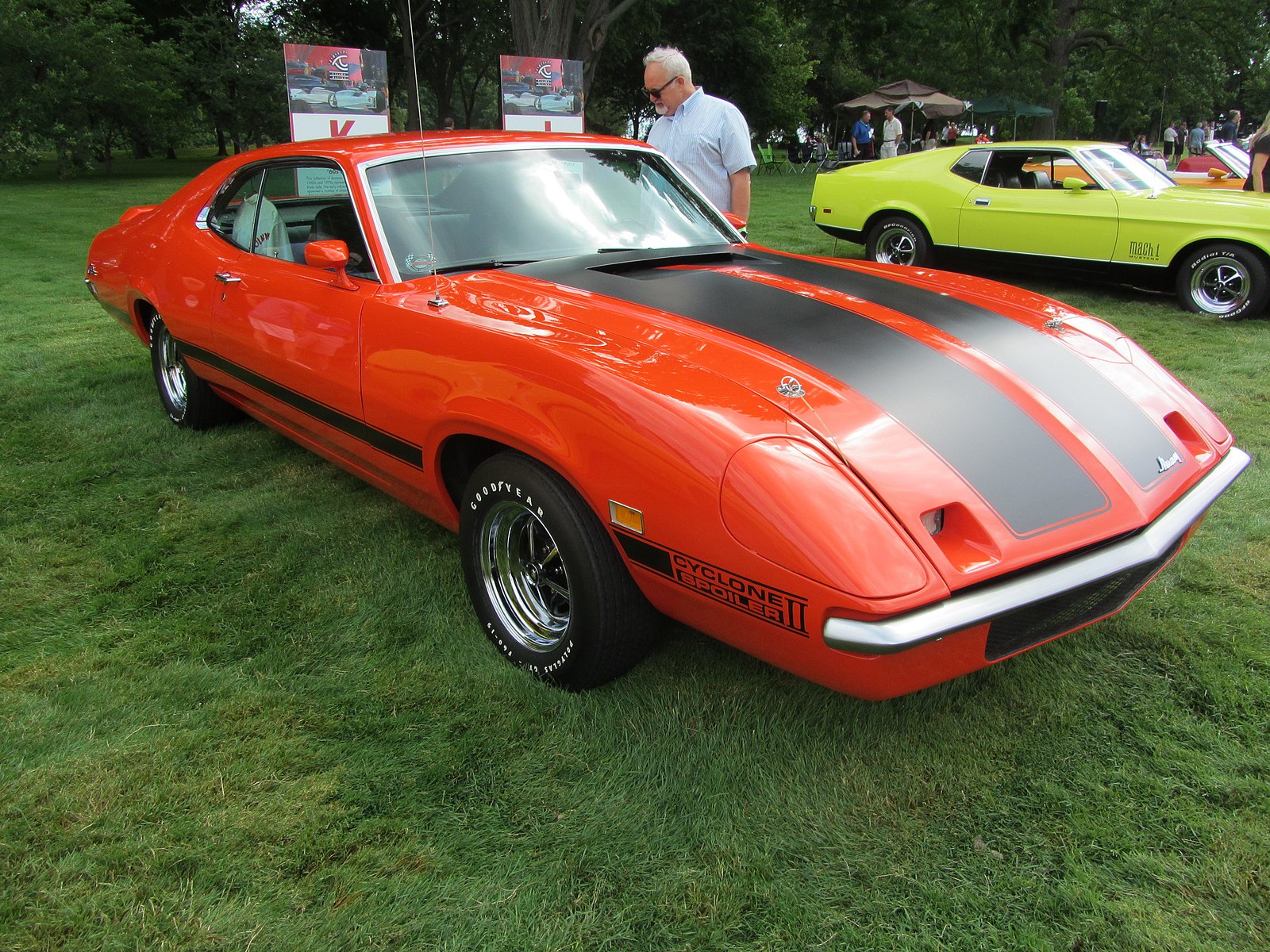
This car was equipped with a 429 Super Cobra Jet V8 capable of 375 hp. The Cyclone Spoiler was noted for its aggressive styling and high performance, but like many muscle cars of its era, it was not built with fuel efficiency in mind, often averaging about 9 mpg.
1968 Shelby Mustang GT500KR
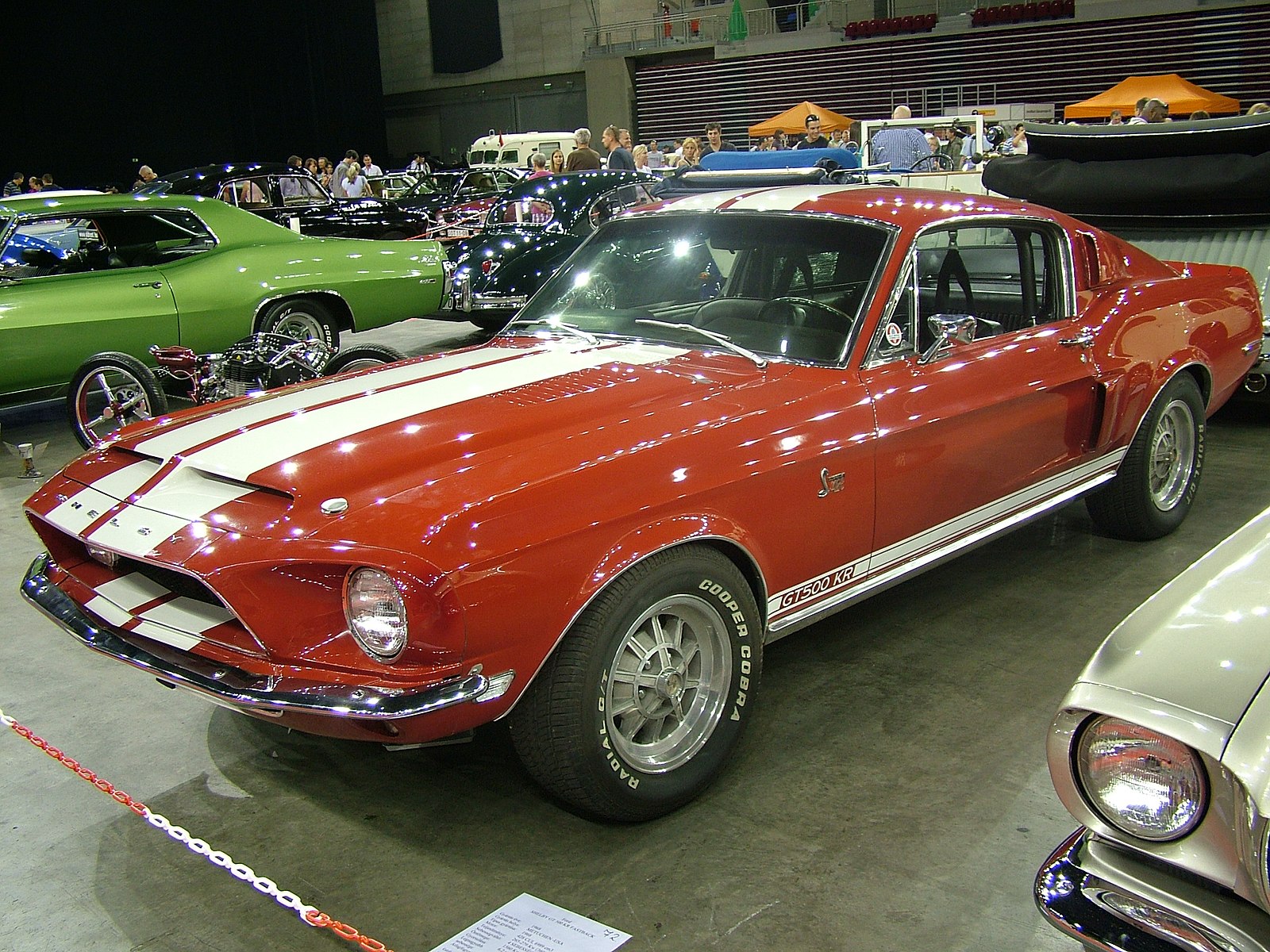
The “King of the Road” version of Shelby’s GT500 featured a 428 cubic inch Cobra Jet V8 engine that churned out 335 hp and 440 lb-ft of torque. Its distinctive styling and powerful performance were legendary, but it offered poor fuel efficiency, typical of high-performance vehicles of the late 1960s.
1970 AMC Rebel Machine
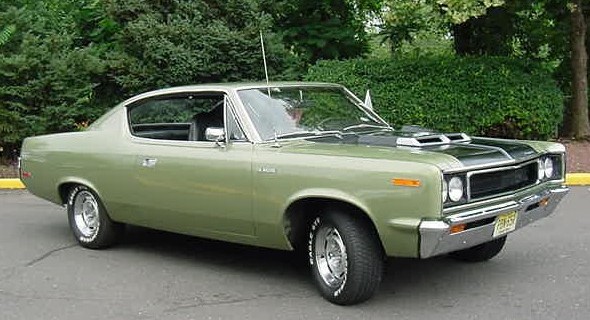
The Rebel Machine by AMC featured a 390 cubic inch V8 with 340 hp and 430 lb-ft of torque, making it a true muscle car. It came with a striking red, white, and blue paint job that made it stand out. Despite its patriotic appeal and strong performance, the Machine was another fuel-thirsty muscle car, managing about 10 mpg.
1971 Chevrolet Nova SS

Equipped with an optional 396 cubic inch V8, the Nova SS could produce 350 hp. Known for its compact size relative to its power, the Nova SS was a sleeper hit in performance but did not fare well in fuel consumption, averaging around 10 mpg, a common theme for muscle cars designed in an era where fuel economy was a secondary consideration.
This article originally appeared on MyCarMakesNoise.
More from MyCarMakesNoise
Top Picks for the Safest Small Cars on the Road

Size doesn’t always equate to safety, especially when it comes to the new generation of small cars hitting the roads. This article aims to debunk the myth that smaller cars can’t offer top-notch safety features. Read More.
Exploring the World`s Best Auto Shows
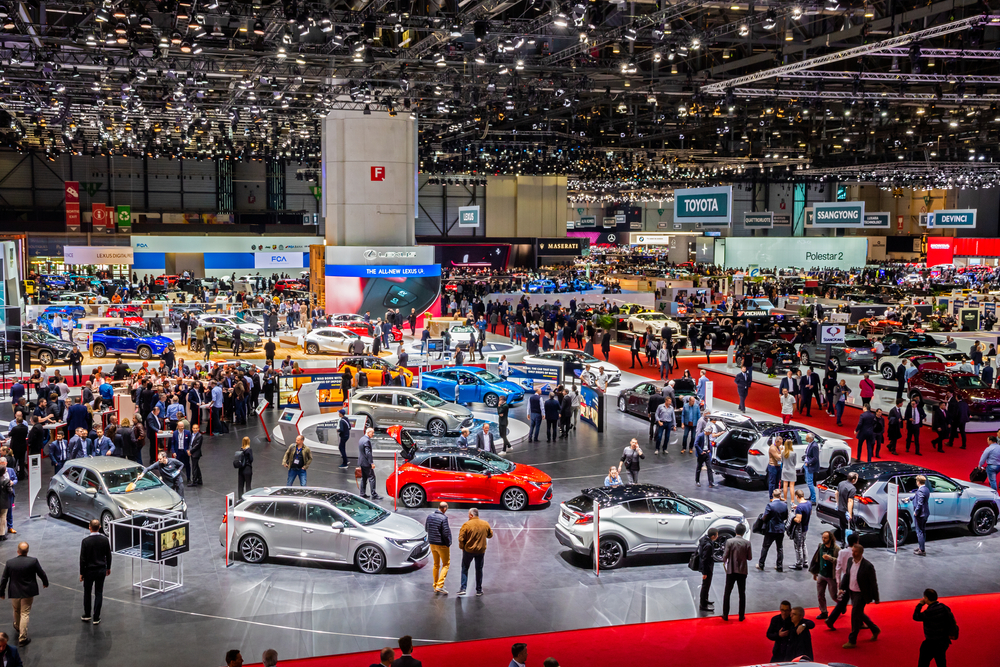
Whether you’re dreaming of the latest hypercars or a connoisseur of timeless classics, there’s an auto show out there that speaks your language. Read More.
Top American Muscle Cars for Drag Racing

In this exploration, we’ll spotlight the American muscle cars that have become legends on the drag strip, looking under the hood of each one to uncover what makes them the beasts they truly are. Read More.

